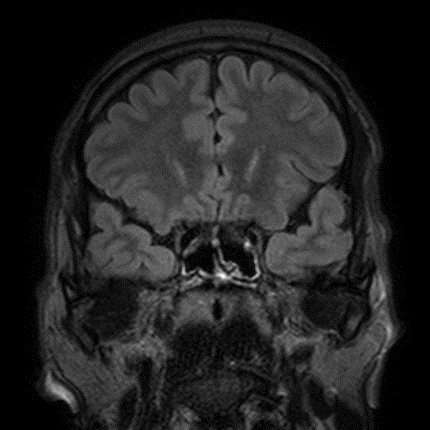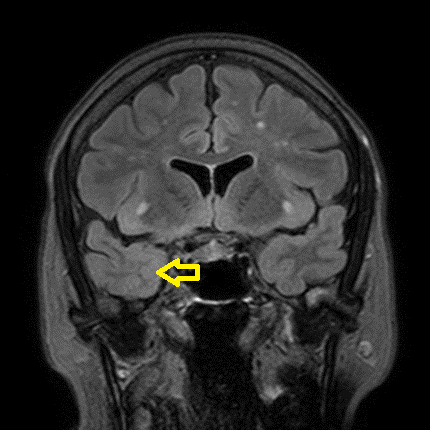Difference between revisions of "2013 Summer Project Week:Epilepsy Surgery"
From NAMIC Wiki
| Line 16: | Line 16: | ||
<li>Such abnormalities of signal intensity changes in the temporal lobes, or loss of marking between WM and GM are referred as blurring in literature. | <li>Such abnormalities of signal intensity changes in the temporal lobes, or loss of marking between WM and GM are referred as blurring in literature. | ||
<li>TLE is the most common type of refractory epilepsy in adults, and thus strong candidate to surgery. | <li>TLE is the most common type of refractory epilepsy in adults, and thus strong candidate to surgery. | ||
| − | + | <br><br> | |
<b>Purpose</b> | <b>Purpose</b> | ||
<li>To provide a better quality of life for those with TLE, a surgical procedure is usually proposed for extracting the brain region that is the focus of epilepsy. | <li>To provide a better quality of life for those with TLE, a surgical procedure is usually proposed for extracting the brain region that is the focus of epilepsy. | ||
Revision as of 03:33, 21 June 2013
Home < 2013 Summer Project Week:Epilepsy SurgeryKey Investigators
- USP - Luiz Murta
Objective
This project will investigate the presence and location of the epileptogenic focus in temporal lobe by analyzing patterns of texture in magnetic resonance imaging (MRI) after segmentation using anisotropic diffusion filters anomalous and geodesic active contour.
Purpose
Progress
Examples:

Normal MRI at mesial temporal lobe

MRI containing blurring phenomena on right side as indicated by the yellow arrow
References
- Shaker, M. & Soltanian-Zadeh, H., 2008. Voxel-Based Morphometric Study of Brain Regions from Magnetic Resonance Images in Temporal Lobe Epilepsy. Image Analysis and Interpretation, 2008. SSIAI 2008. IEEE Southwest Symposium on, 209-212.
